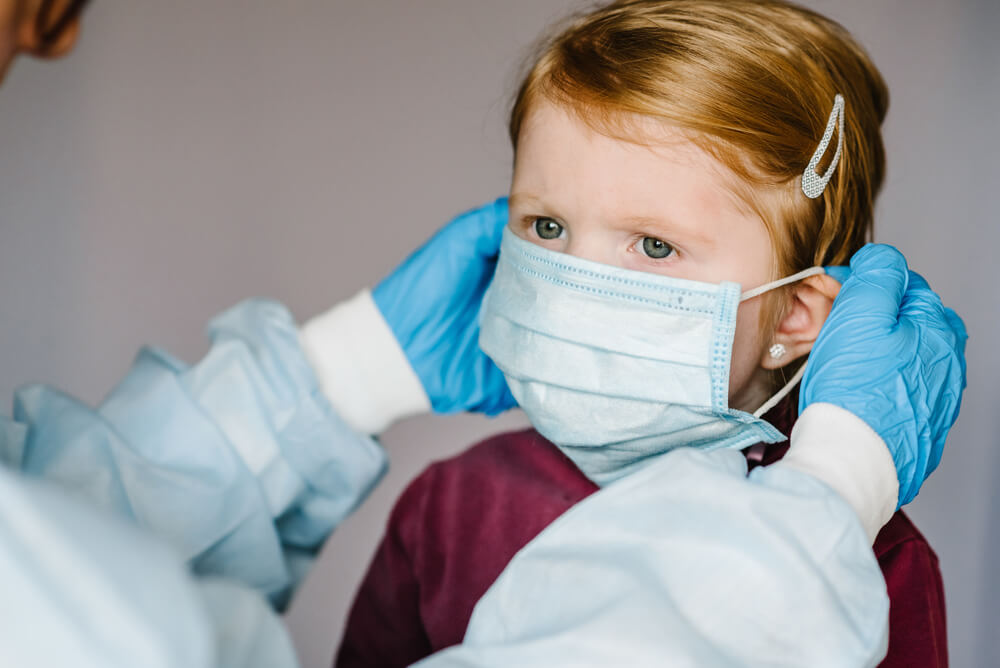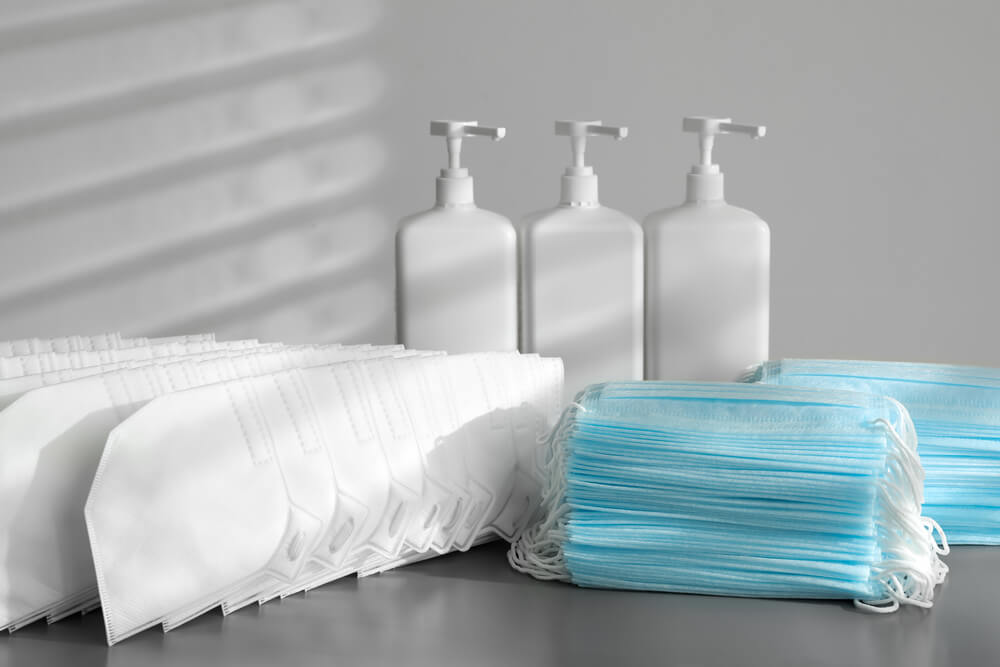
26 Jun Tips for Cough Etiquette in Healthcare Settings
In a time when respiratory infections are in the limelight more than ever before, you may be wondering what cough etiquette or respiratory hygiene might look like in healthcare settings. There can, and has been, conflicting information over the years.
This information is essential for healthcare professionals who may be looking for more infection control education. Cough etiquette and respiratory hygiene in healthcare settings can be doctor’s offices, dental locations, nursing homes, and many other facilities.
To get you started on your journey, here’s a collection of informational tips to get you started learning more about cough etiquette.
What Is Cough Etiquette/Respiratory Hygiene
Cough etiquette/respiratory hygiene is meant to highlight steps individuals can take to prevent the spread of respiratory infections. Only some people know the proper ways to reduce the spread of disease, and a more educated public is critical.
It’s impossible to know just from looking at an individual whether or not they’re coughing because of an infectious illness. People cough for several reasons that don’t necessarily mean they’re ill with something contagious, such as seasonal allergies or a recurring non-infectious disease.
This is where cough etiquette and respiratory hygiene become essential. These are the standard measures to prevent respiratory infection from spreading through viral coughs or sneezes.
Every time an individual coughs or sneezes, they release droplets. These droplets then carry through the air and can infect others; they can also exist for a shorter period on other objects. Handrails, doorknobs, wheelchairs, or equipment for patient care are all places these droplets can survive and serve as infection points.
Guidelines for Infection Control
There are a number of infection control guidelines that can help maintain cough etiquette and respiratory hygiene.
The most fundamental is that if an individual is not feeling well and is experiencing a cough, they should stay home. By remaining in a controlled environment, it’s less likely they’ll spread infectious droplets to others.
Using posters that encourage proper handwashing techniques is also essential and can reduce the spread of respiratory illness by eliminating the spread of germs and thus practicing good respiratory hygiene.
The Centers for Disease Control (CDC) and the American Dental Association (ADA) recommend placing posters that demonstrate the proper and improper way to cough. The wrong way is to cough into your hands, directly contaminating them with droplets. Instead, provide education that sneezing or coughing should be done into the crook of your arm and your hands washed afterward. If that isn’t feasible, then a tissue should be used to cover your mouth when coughing or sneezing.
Further, patients experiencing respiratory infection symptoms should be kept 3-6 feet away from others. Because droplets struggle to travel further than that through the air, you can reduce the chances of infection. A curtain can curtail droplets traveling if you can’t physically separate them further.
When your staff may come in contact with someone potentially contagious, good cough etiquette/respiratory hygiene would dictate that they too, should wear a mask. This effort can potentially protect them from being exposed to droplets and reduce their risk of contracting a respiratory illness.
Educating staff in your facility is your first step in maintaining cough etiquette and respiratory hygiene. Giving them the right tools can result in a marked decrease in infection.
Exercising Cough Etiquette
Fundamental practice for cough etiquette and respiratory hygiene include proper handwashing techniques, widely available tissues, places to dispose of used tissues, and masks for individuals with a cough.
When using masks, ensure the patient is breathing well and can tolerate wearing a mask. They should keep the mask on only as long as it takes to move them to a location where they won’t expose others to contagion. Everyone in contact with a person with a cough should wash their hands and exercise caution, from doctors to nurses, other patients, family members, and support staff.
Maintaining Respiratory Hygiene Through Vaccinations
While maintaining cough etiquette and respiratory hygiene can be done in several satisfactory ways, educating patients about becoming vaccinated against these diseases in the first place is crucial. With modern medical technology, we’re lucky to have access to vaccines that can prevent a wide variety of illnesses that used to be much more concerning.
Vaccines can significantly reduce the chances of an individual contracting one of these diseases and cut down on their overall spread. By encouraging your patients and staff to vaccinate against common illnesses, you’re doing your part to prevent their spread.
Teaching Cough Etiquette/Respiratory Hygiene to Your Staff
In an ever-changing world of regulations and cutting-edge medical information, knowing which cough etiquette or respiratory hygiene information is current might feel overwhelming. Thankfully, you and your staff don’t have to work your way through learning about them alone. Numerous resources can provide the tools you need to know more about cough etiquette and respiratory hygiene.
Contact Infection Control Results today to learn more about cough etiquette and respiratory hygiene. Educating yourself and your staff can ensure you’re providing your patients with a safe and healthy environment.


